After the fall, when the winter comes, nothing soothes the heart better than the crackling sounds of fire logs in the fireplace and a bowl of hearty soup to share with your family. But everything comes at a price.
To relish this perfect slice of happiness, you must work quite a bit at the beginning of every year to replenish your rick of firewood. After shedding some real-time sweat, you get enough logs to survive the winter.
If you are one of the lazy lads like me, buy a chainsaw. Obviously, you can always buy chopped timber, but I am sure you do not have a tree that grows money or a hen to lay gold eggs.
Now, getting your hands on some good timber is just the beginning. The actual work starts when you properly stack your logs and patiently wait for them to be seasoned. There are mainly four ways in which most people pile their rick of firewood.
Between Pillars
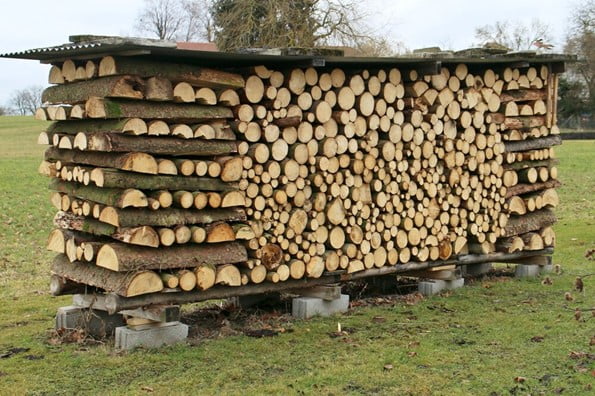
Make pillars out of logs by stacking them in perpendicular rows. Make two of those pillars and keep enough space between them. Now fill the gap with rows of logs one after the other. The pillars on both the side help to hold the logs in between. Keep them at angles to one another and try not to fit them. The gaps help the logs to get more air circulation.
Between Fence/Tree
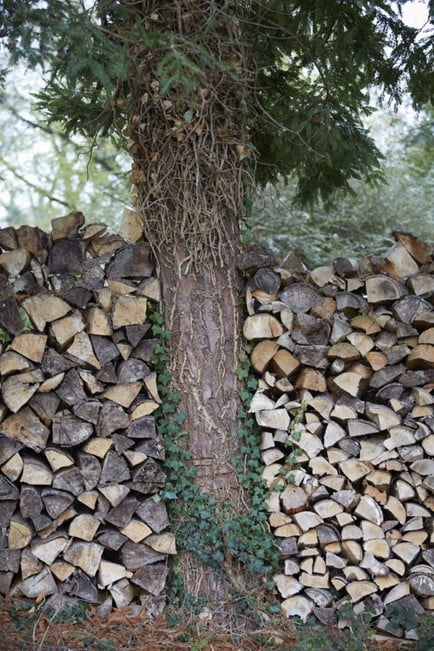
This is like the previous one, but instead of pillars, we use a fence or a tree for support. If you have two big trees at a considerable distance, fill the gap with logs. It’s a perfectly natural way of stacking and seasoning your firewood. You get a natural shed from the tree canopy and support from the tree trunks. It is cost-efficient and effective.
Pillars Only
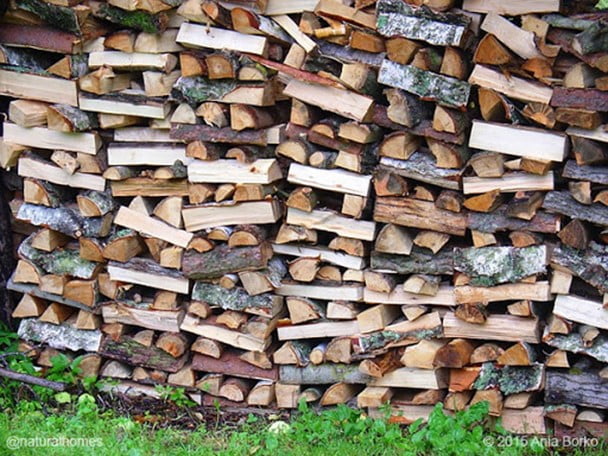
In this method, you make pillars after one another and keep a slight gap between them so that air can get by.
Holz Hausen Or Circular Firewood Pile
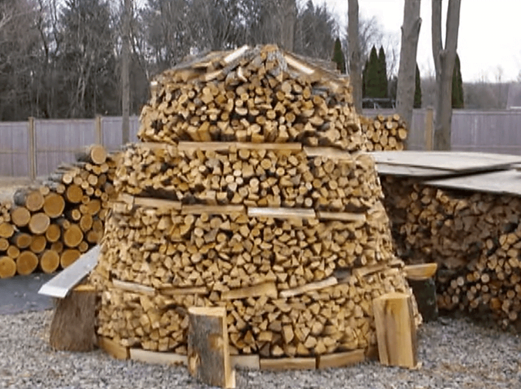
This technique is commonly seen in Germans and Scandinavians. Holz Hausen means wood house since it resembles the same. Lately, it became popular in most of Europe and the US as well. In this method, a circular ridge is made with equal-sized logs. All the uneven and chilled pieces are pilled in the circle between.
Repeat this until you reach the desired height. Usually, people go as high as 7 feet and around 6 feet in diameter. When you reach the top row, place the logs at a slight angle to resemble that of a hut with shade. This helps the logs to be moisture-proof and safe from weather hazards.
While placing the logs, makes sure that most of the wood pieces have their bark side facing up to the sky. This protects the logs from water and moisture. To be extra secure, make sure you cover your pile with a tarp. In this method, almost all logs get proper air ventilation to the very core. Therefore, many say that in this method, the logs are seasoned within to 6 months.
Points To Keep in Mind While Stacking Firewood:
- Always stack your firewood a minimum of 5 to 30 feet away from your house or garage so that your place does not get infested with rodents or any bugs.
- To season your firewood well, a perfect sunny spot of a must.
- Stack then to a height where most of your family members can reach so that anyone can fetch a lot for the fireplace.
- Always try to stack your wood at an east to a west angle so that it gets maximum of the wind.
- Make sure your logs are cover and safe from moisture.
- Always try to stack your logs on a platform. Pallets are a great option. You can also build a permanent platform. It saves your logs from moisture that can seep in from the ground.
- Never forget about your longs after stacking. Keep a check on them throughout the year to avoid pests, molds, and other hazards.
Usually, logs take 6 months to 2 years to be seasoned properly. It depends on the log along with the way to stack them and your regional weather. In some places, some methods work better than others, but at the end of the line, stick to a method you are most comfortable and confident about.




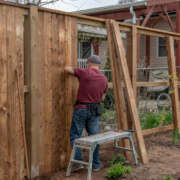

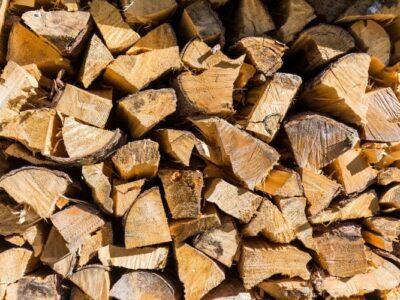
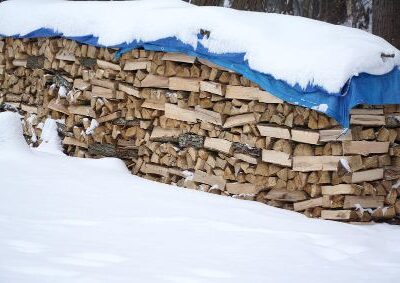
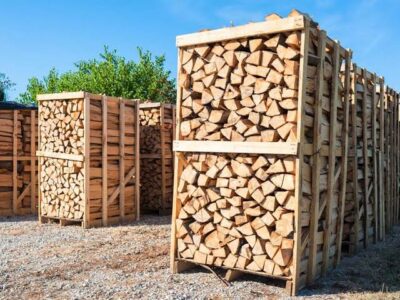
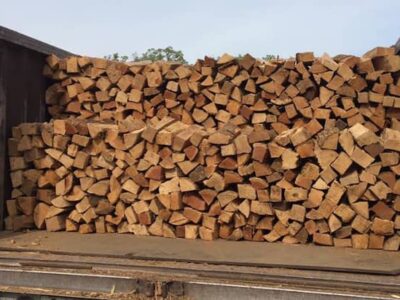
![How To Open an Inground Pool [Complete Guide]](https://www.organizewithsandy.com/wp-content/uploads/2021/06/How-To-Open-an-Inground-Pool-Complete-Guide-180x180.jpg)



Comments